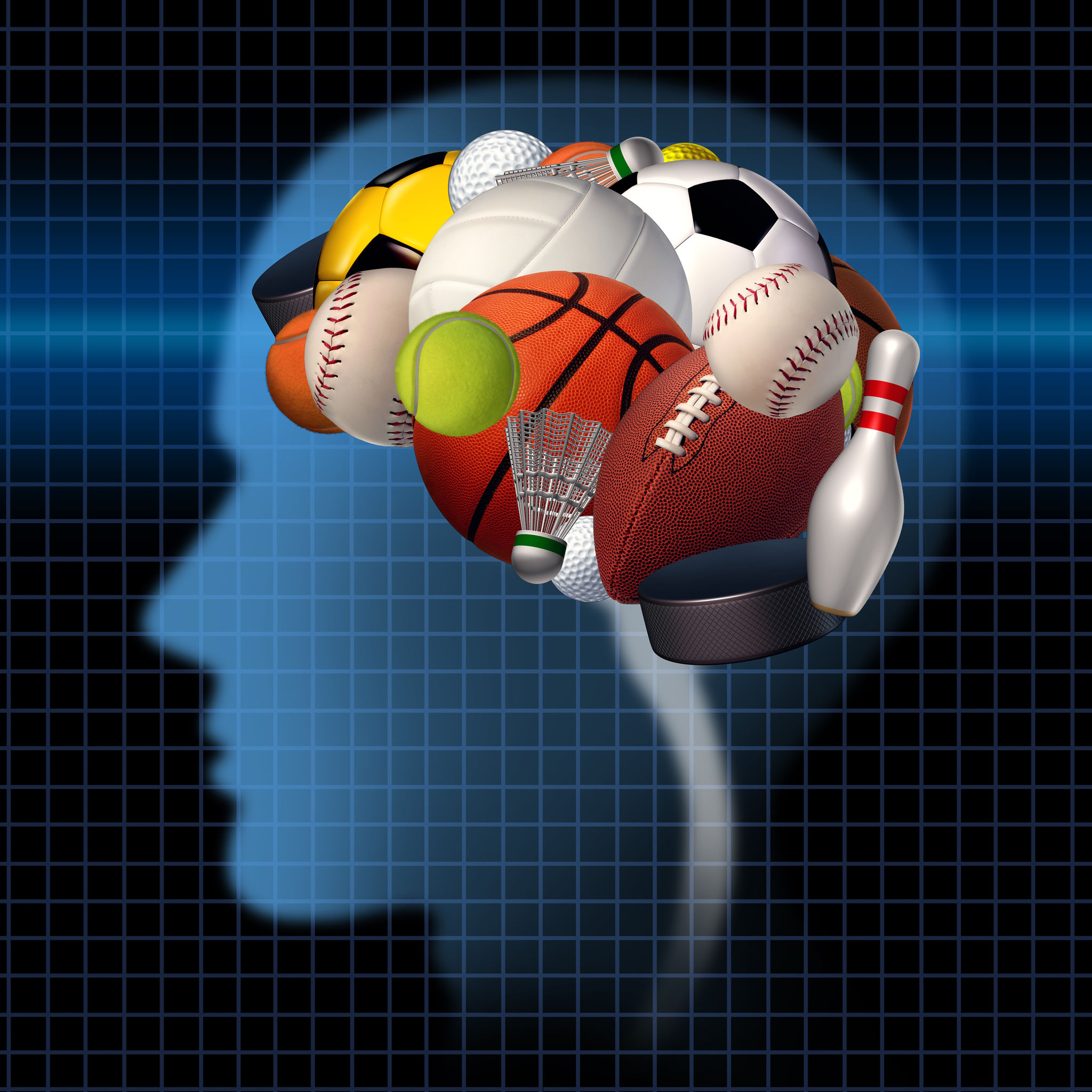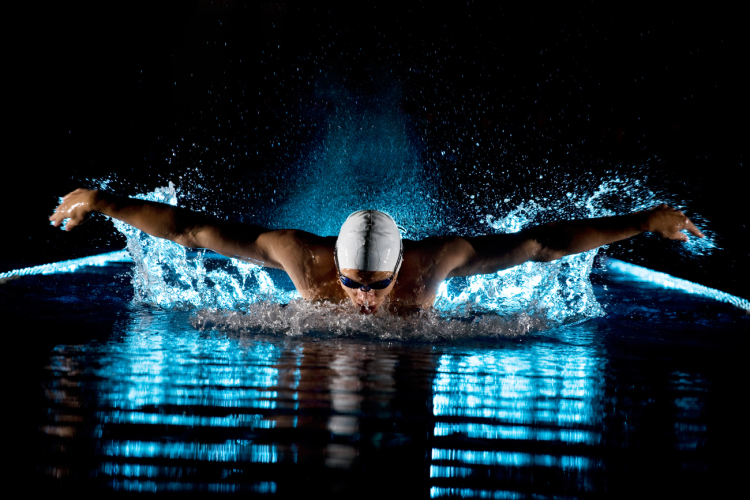
Sports Psychology
Sport psychology is the science that draws on knowledge from the fields of kinesiology and psychology. It involves the study of how psychological factors affect performance and how participation in sports and exercise affects psychological and physical factors. In addition to instruction and training of psychological skills for performance improvement, applied sport psychology may include work with athletes, coaches, and parents regarding injury, rehabilitation, communication, team building, and career transitions.
Process
- Assessment of personality and sports-related behaviors
- Creation of individualized plan to optimize sports performance
- Teaching and practice of techniques
Performance Improvement Techniques
Arousal regulation
Arousal regulation refers to entering into and maintaining an optimal level of cognitive and physiological activation (referred to as the “go zone”) in order to maximize performance.
This may include relaxation, if one becomes anxious, through methods such as progressive muscle relaxation, breathing exercises, and meditation, or the use of energizing techniques (e.g. listening to music, energizing cues) if one is not alert enough. The use of meditation and, specifically, mindfulness is a growing practice in the field of arousal recognition. The Mindfulness-Acceptance-Commitment (MAC) Theory is the most common form of mindfulness in sports. It was developed in 2001 and includes a specific protocol that involves meditation and acceptance practices on a regular basis as well as before and during competition.
Mental Toughness Techniques
Mental toughness is a psychological edge that helps one perform at a high level consistently. Mentally tough athletes exhibit four characteristics: a strong self-belief (confidence) in their ability to perform well, an internal motivation to be successful, the ability to focus one’s thoughts and feelings without distraction, and the capacity for composure under pressure.

Self-Efficacy Techniques
Self-efficacy is a belief that one can successfully perform a specific task. In sports, self-efficacy has been conceptualized as sport-confidence. However, efficacy beliefs are specific to a certain task (e.g. I believe I can successfully make both free throws), whereas confidence is a more general feeling (e.g. I believe I will have a good game today).
Goal setting
Goal setting is the process of systematically planning ways to achieve specific accomplishments within a certain amount of time. Research suggests that goals should be specific, measurable, difficult but attainable, time-based, written down, and should consist of a combination of short-term and long-term goals. A meta-analysis of goal setting in sports suggests that when compared to setting no goals or “do your best” goals, setting the above types of goals is an effective method for improving performance.
Imagery
Imagery (or motor imagery) can be defined as using multiple senses to create or recreate experiences in one’s mind. Additionally, the more vivid images are, the more likely they are to be interpreted by the brain as identical to the actual event, which increases the effectiveness of mental practice with imagery. Good imagery, therefore, attempts to create as lifelike an image as possible through the use of multiple senses (e.g. sight, smell, kinesthetic), proper timing, perspective, and accurate portrayal of the task.
Self-talk
Self-talk refers to the thoughts and words that athletes and performers say to themselves, usually in their minds. Self-talk phrases (or cues) are used to direct attention towards a particular thing in order to improve focus or are used alongside other techniques to facilitate their effectiveness. Research suggests that either positive or negative self-talk may improve performance, suggesting that the effectiveness of self-talk phrases depends on how the phrase is interpreted by the individual.

